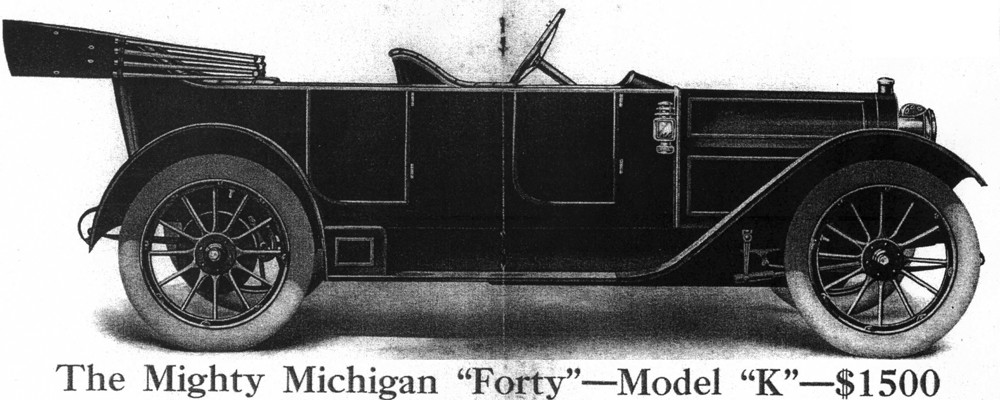As the prior post indicates, our Michigan is actually driving around town and carrying passengers. Like a real car. Except the driving experience is not without some tension. The car does NOT like to stop on slight grades without really standing on the brake pedal and in some cases, applying the hand / parking / emergency brake. That last maneuver (using the hand brake) takes a slowly kind-of-slidy reduction in speed and makes it a grabby jerky skiddy inelegant sudden stop. On actual hills – not so much. It’s sort of a phone in your suggestion to slow down and stop and then see – belatedly – if that is actually going to happen. I haven’t wound up in the middle of an intersection — yet.
So how come these brakes don’t work? If you have been following along, back in October of 2021, I had worked on the brakes with my brother in law, Clarence Davis, while we put new seals in the rear end.( So Many Things to Adjust ) At that time, I had cooked the brake bands – both pedal brakes and hand brakes) in a degreasing solution to try and remove nearly 100 year old gunk that had saturated the woven – probably asbestos – brake lining.
Well, that attempt was pretty much a failure. The car, once set up to run didn’t want to stop. So, it was time to reline the brake bands. I ordered 2 inch wide high temperature woven friction material from McMaster-Carr (high strength brake & clutch lining – item #6224K345) which seemed to be the right stuff. I could not locate the “green gripper” material that I have previously used on our Model T accessory brakes. I also ordered 1/8″ diameter copper rivets to fasten the 3/16 thick material to the steel bands. (Item 97440A330 & long version 97440A340). The plan was to attach the material with original J B Weld epoxy (good to 550 degrees F) and then drill & rivet the material on.
November 26, 2022, I started the brake project by removing the axles from the rear end portals so the wheels could be removed. The wheels have to come off to get access to the brakes. The brake drum itself is bolted to the inside of the rear wheels.
I was very very excited to see that the work that Clarence & I had done with new felt seals had succeeded in keeping the brake drum and backer plate completely dry. This meant that the brakes were not bad because of a seal failure. The problem was the lining material itself. And that was what I was in the process of replacing. This really was a relief. The right side was just as dry and I texted Clarence with photos so he could share our oil seal success.
The evidence of the lining failure was a coating of black goop mostly on the outside of the brake drums and the edges of the lining.
Every time the brakes were applied, the band heated up a bit releasing more goop and lubricating the brakes. More heat equals more goop equals less friction. That is a really bad combination. The more you need the brakes the less they work. Once removed I took them to the workshop to grind off the rivets and peel the linings out.
After removing the old linings, I media blasted the rust and accumulated crumbly bits off the bands, sprayed the non-lined sides with self etching primer and glued the lining in place. Good contact was maintained by using many clamps.
The contrast between the old linings and the new linings is easy to see.
And then, I installed them.
Does this man need a brake? Well, maybe for lunch. Ham sandwich and a coffee?









